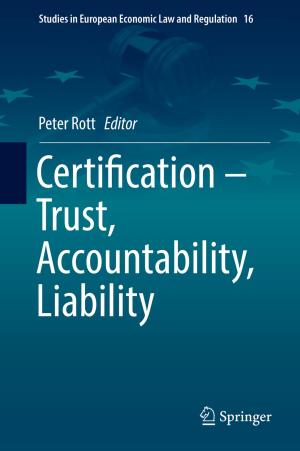Extreme Weather, Health, and Communities
Interdisciplinary Engagement Strategies
Nonfiction, Science & Nature, Nature, Environment, Natural Disasters, Science, Earth Sciences| Author: | ISBN: | 9783319306261 | |
| Publisher: | Springer International Publishing | Publication: | April 20, 2016 |
| Imprint: | Springer | Language: | English |
| Author: | |
| ISBN: | 9783319306261 |
| Publisher: | Springer International Publishing |
| Publication: | April 20, 2016 |
| Imprint: | Springer |
| Language: | English |
This volume presents a unique interdisciplinary approach, drawing on expertise in both the natural and social sciences. A primary goal is to present a scientific and socially integrated perspective on place-based community engagement, extreme weather, and health. Each year extreme weather is leading to natural disasters around the world and exerting huge social and health costs. The International Monetary Fund (2012) estimates that since 2010, 700 worldwide natural disasters have affected more than 450 million people around the globe. The best coping strategy for extreme weather and environmental change is a strong offense. Communities armed with a spatial understanding of their resources, risks, strengths, weaknesses, community capabilities, and social networks will have the best chance of reducing losses and achieving a better outcome when extreme weather and disaster strikes.
This volume presents a unique interdisciplinary approach, drawing on expertise in both the natural and social sciences. A primary goal is to present a scientific and socially integrated perspective on place-based community engagement, extreme weather, and health. Each year extreme weather is leading to natural disasters around the world and exerting huge social and health costs. The International Monetary Fund (2012) estimates that since 2010, 700 worldwide natural disasters have affected more than 450 million people around the globe. The best coping strategy for extreme weather and environmental change is a strong offense. Communities armed with a spatial understanding of their resources, risks, strengths, weaknesses, community capabilities, and social networks will have the best chance of reducing losses and achieving a better outcome when extreme weather and disaster strikes.















